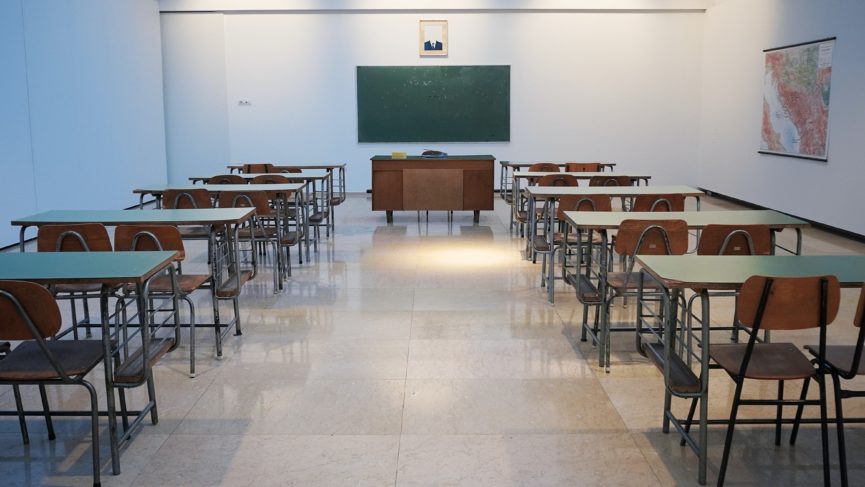Texas will offer school districts 2 new ways to calculate attendance for state funding
On Tuesday, June 23rd the TEA announced its two modes of attendance-counting for the 2020-21 school year and how they will contribute towards state funding.
The two new modes to fund remote instruction are:
Synchronous instruction — All participants are present at the same time, live interactive classes
Asynchronous instruction — All participants don’t have to be present, instruction is self-paced, may include prerecorded videos with guided support
Synchronous instruction is similar to “on-campus” instruction, the TEA says, as students are logged in at a teacher’s official attendance time. Any students not logged in by attendance time would be counted as absent.
Synchronous instructional minute requirements for attendance will differ for different grade brackets, and will be:
- Pre-K-second grade: Not available for funding from remote instruction
- Third-Fifth grades: 180 minutes (do not have to be consecutive)
- Sixth-12th grades: 240 minutes (do not have to be consecutive)
Asynchronous instruction, the TEA says, is a “curricular experience where students engage in the learning materials on their own time” with the teacher via computer, electronic devices or over the phone. Under the asynchronous model school grading must be consistent with those used before COVID-19 for on-campus assignments.
Attendance will be calculated this way: a full day’s worth of funding for each day a student is “engaged” assuming that a student isn’t scheduled to participate in less than a half day’s worth of courses. Staff will check daily for student engagement — those who aren’t engaged that day will be marked absent.

